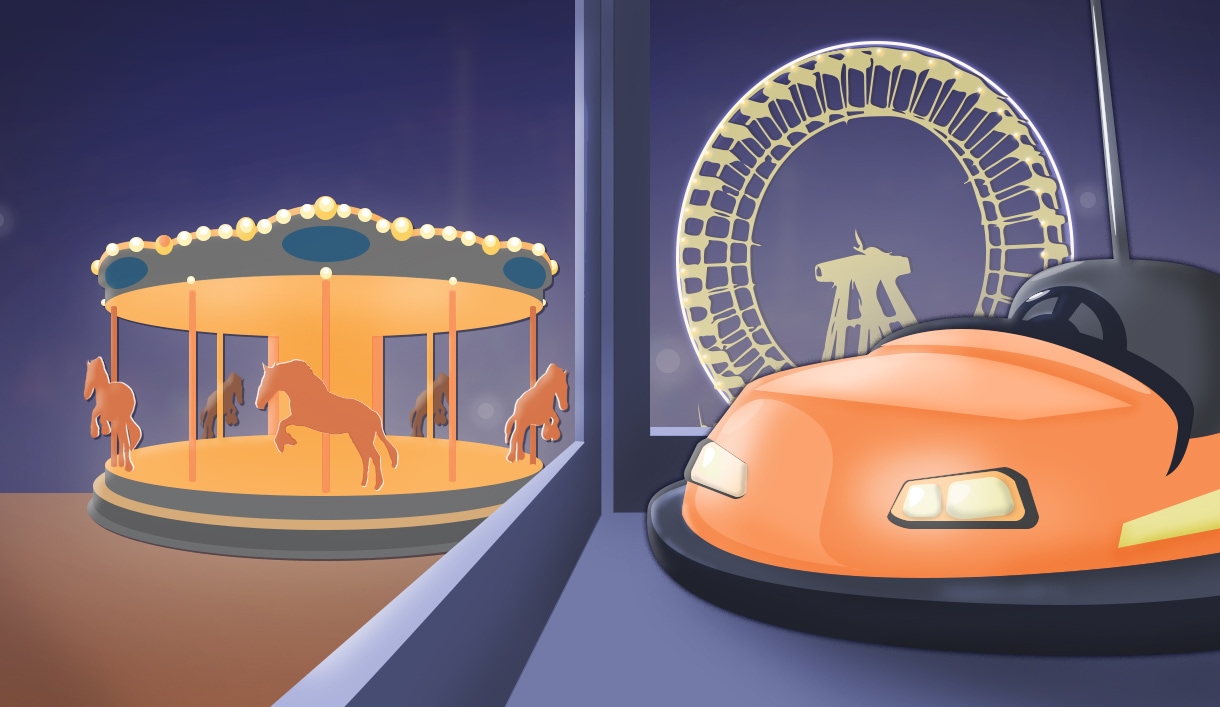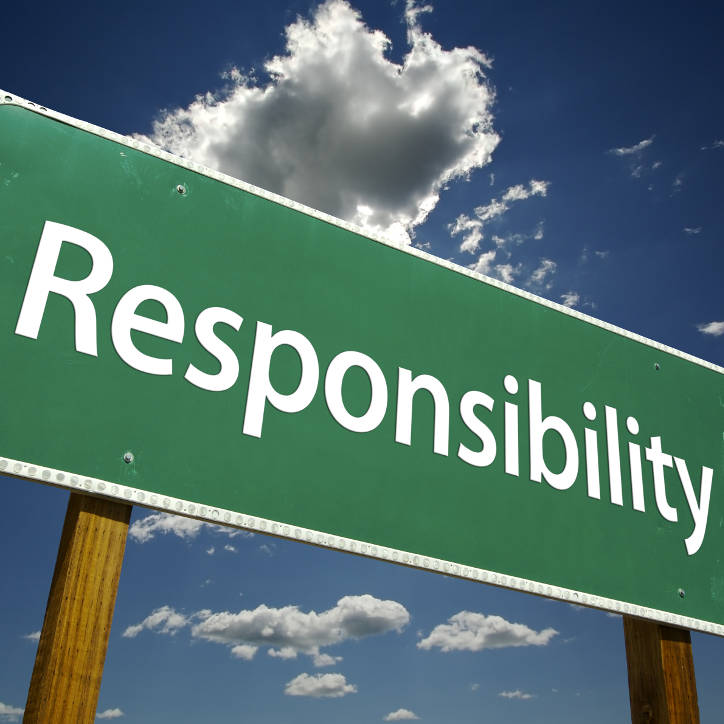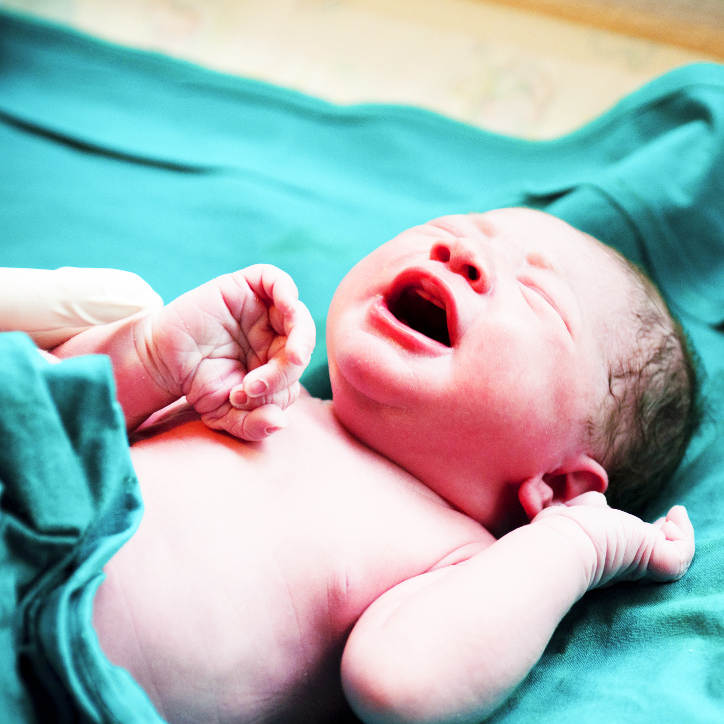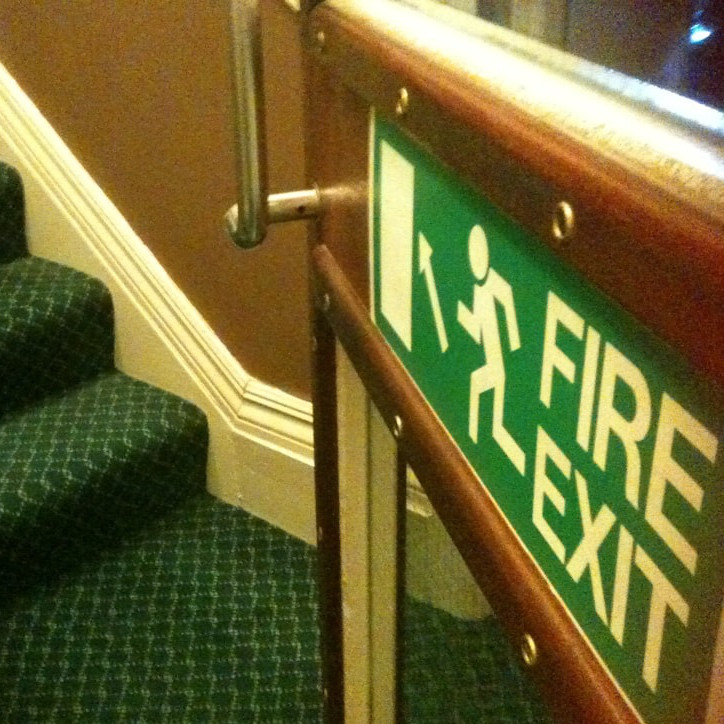Not So Much Fun at The Fair?
Considering the risks of fairgrounds and rides
This week, SHEilds HQ’s home city of Hull has been visited by its famous travelling fair; the largest of its kind in Europe.
There are many things in a travelling fair that may warrant attention from the Health & Safety eye.
The sheer amount of machinery that has to be transported, assembled and disassembled for 1 week of fun increases and becomes more complex every year in an attempt to give the fairground visitors the thrill they are seeking. Millions of lightbulbs all connected to electricity supplies must also be a concern as well as all the P.A. equipment that blasts out the music as you spin around, fly up and down and in general, become physically abused by these machines.
If, you know Hull, there is also a phenomenon called Hull Fair Weather to contend with and as we know electricity and water do not mix well.
For some unexplained reason the weather in Hull turns bad when the fair arrives; don’t just take my word for it, if you mentioned to anyone who’s lived in the area about Hull Fair Weather they will know exactly what you are talking about. Rain, fog, mist and a temperature drop all accompany the fair.
Additionally, there will always be a risk of food poisoning; there are many stalls and vans selling fairground food such as hot dogs, burgers, chips and of course candy floss that are all eaten by hand in the open air.
Every year there are a few incidents that make the press, but overall they seem to do a great job of keeping the majority of the fairgoers safe. Especially when you consider that almost half a million people visit this fair, with the number increasing every year.
It is the smaller unreported injuries however, that made me think about writing this blog.
Volenti Non Fit Injuria – To a Willing Person, Injury is Not Done
After noticing that an esteemed member of staff appeared to have a sore back, I asked if they were OK.
The reply came back as ‘Hull Fair, Bumper cars’.
The car in which he was travelling was hit by another car, causing the jolt that caused the injury. However, there are the safety precautions taken by the ride’s manufacturer – in this case the lap belts – that stop you being thrown from the car, or hitting your face on the front of the car upon impact.
This belt in itself – while stopping a more serious injury – could have been party to the back injury, by causing the sudden stop after the jolt. But has stopped a potentially much more serious accident occurring.
So, ‘as far as is reasonably practicable’ the ride designer has implemented a safety control measure into the bumper cars themselves… as far as is reasonably practicable.
If you pushed the safety of bumper cars to the extreme and tried to eliminate all risk, we wouldn’t have them, so the same principles of Health & Safety are applied. Risk is balanced against the money, time and trouble to control the risk to ensure we can still have fun at the fair.
Besides direct safety precautions, most of the rides also have signage stating ‘riders do so at their own risk’ or similar. This is because not all risk can be eliminated as highlighted above. Individuals also have to take responsibility for their own safety as well. If for instance they have an injured back yet still choose to ride and are injured further, then it might be argued that the person / company controlling the ride would have a defence against a criminal and / or civil action unless it was clear to them that person was at foreseeable risk and they allowed the person to ride.
In terms of a defence for a civil claim then this could bring in to play ‘Volenti non fit iniuria (or injuria)’ or, ‘to a willing person, injury is not done’; between the sign being there, you paying your money to the ride’s attendee and assuming they have met all their legal responsibilities, then you are agreeing to ‘ride at your own risk’.
If you ride, you are the willing person.
Health & Safety, if interpreted and implemented incorrectly, could probably shut an institution like Hull Fair down permanently, due to all the risks involved. It could also result in serious injury if not death as well. But people need to have fun in their lives and without some level of risk it could be argued there isn’t as much fun.
As a species, we find risk taking inherently ‘thrilling’, and these relatively small risks we ‘choose’ to take in the pursuit of fun.
So have fun, but be aware; if you know you shouldn’t ride due to an injury, illness or chronic problem and still do then ‘Volenti non fit injuria’ may well apply. Some degree of responsibility falls to fairgoers to decide what’s safe and what’s not.
As far as small complaints go, perhaps in the end a sore back for a parent is balanced out by the smiles they see on the faces of their children after a visit to Hull Fair.
Ted Sturgeon









Leave a Reply
Want to join the discussion?Feel free to contribute!